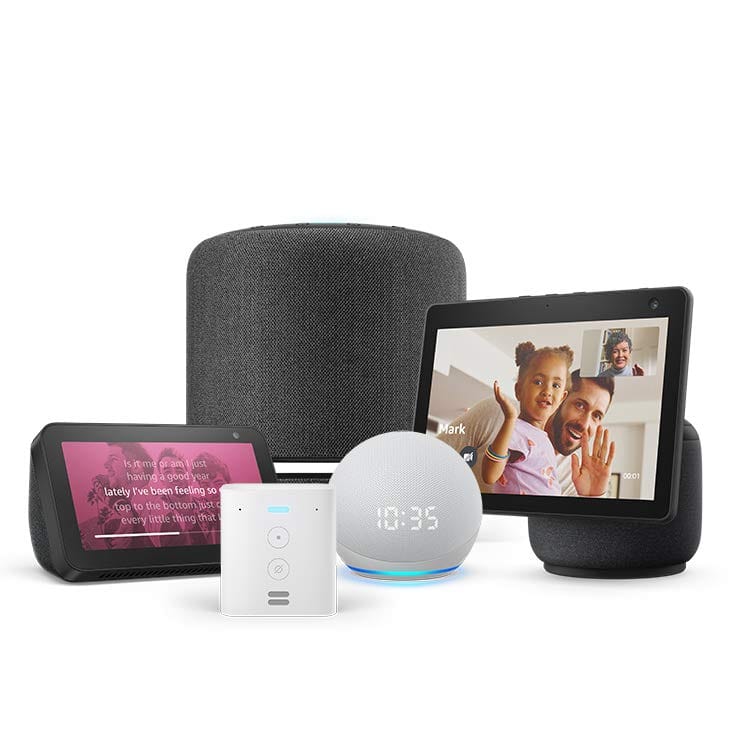Amazon is preparing to roll out a major upgrade to its Alexa voice assistant, introducing advanced generative AI functionality that promises to redefine how users interact with their smart home devices. The upgrade, expected to be unveiled later this month, demonstrates Amazon’s ongoing commitment to staying competitive in the rapidly evolving field of artificial intelligence.
This generative AI upgrade follows an announcement made at Amazon’s annual event last September where the company previewed how artificial intelligence could transform Alexa into a more conversational and adaptable virtual assistant. At the core of this transformation is a new large language model (LLM), purpose-built and optimized for voice interactions.
When the update becomes available, Alexa will feature significant advances in its ability to engage users with more natural, human-like conversations. These capabilities aim to improve everyday tasks such as controlling smart home devices, retrieving real-time information, and managing home entertainment systems. Users may find that interacting with the new Alexa feels more like talking to a person rather than a machine.
Incorporating this upgrade into an estimated half-billion Alexa-enabled devices globally, Amazon hopes to address challenges faced by the previous generation of virtual assistants, such as monotone responses and limited adaptability. By leveraging generative AI, Alexa will not only answer questions more accurately but will also understand and infer context better, operating more intuitively within a greater variety of situations.
Part of the upgrade adds a layer of personalization—Alexa can be programmed to remember key preferences or details about its users, which can lead to a more customized interaction over time. For instance, Alexa might proactively remind a user of their schedule or suggest activities based on prior conversations.
However, Amazon is not just focusing on residential settings. Businesses and developers will also benefit from the new Alexa as Amazon opens its LLM capabilities to third-party applications. By enabling outside developers to use its generative AI systems, Amazon is fostering innovation in integrations that could extend Alexa’s use cases far beyond its current scope.
The deployment of generative AI in Alexa also marks Amazon’s response to heightened competition in the tech industry’s artificial intelligence race. Elsewhere, companies like Google and Apple have announced similar developments for their respective virtual assistants, signaling a widespread push toward more AI-enhanced human-computer interactions.
Nevertheless, the launch comes with challenges. As seen in similar generative AI models like OpenAI’s ChatGPT, there are concerns about potential inaccuracies, commonly referred to as “hallucinations,” where AI generates incorrect but plausible-sounding responses. Amazon will need to address these issues to ensure the new Alexa maintains user trust.
Additionally, reports suggest that Amazon may explore a subscription model for the upgraded Alexa. While it’s not yet finalized, users might be charged between $5 to $10 per month for access to premium features. The additional cost could base itself on added functionalities unavailable in the free version. For now, initial rollouts might be offered to a select group of users without a subscription.
Amazon has integrated the latest upgrade into its existing Echo device lineup as well, ensuring compatibility and enabling current Alexa users to access these advanced features as part of an early preview program. This demonstrates Amazon’s intent to make its groundbreaking generative AI widely available without forcing consumers to upgrade their hardware.
The introduction of a generative AI-powered Alexa is another example of how artificial intelligence continues to influence daily life. While Alexa was originally launched in 2014 as a voice-controlled tool to play music or answer basic questions, it has since evolved into a cornerstone of smart home ecosystems. More than a decade later, Alexa still plays an increasingly prominent role in how users interface with technology in real-world settings.
As the rollout progresses, analysts and tech enthusiasts alike will closely scrutinize the new Alexa for its potential to set new industry standards. For users, the upgrade signals a future where everyday interactions with technology are increasingly seamless, intuitive, and tailored to individual preferences.



